The views expressed in our content reflect individual perspectives and do not represent the authoritative views of the Baha'i Faith.
Artists offer us a great gift, providing us with important information about ourselves, especially when it comes to facing death.
But in the case of the more depressive confessional poets and depressive artists in other media, they simply reveal much about the anguish of despair, even if they do not seem seriously practiced in the art of dying. For example, it is obvious from the rhetorical tone of Sylvia Plath’s sarcastic poetry that she does not seriously consider herself a mentor for the suicidal.
Therefore, I think it more in keeping with our objective of learning about the art of dying to examine the approach to death by those who see this journey through a glass not so darkly tinted by a disease that directly afflicts the ability to view anything with clarity. For while most people die from some final disease, even if the disease is ironically categorized as a “natural cause,” perhaps we can discover some worthwhile wisdom from the observations among those who approach this transition, not as a calculated escape from psychic pain, but because they must.
What have the dying come upon as helpful solace and sagacity regarding this lost art? I say “lost” because it is really only in the modern age that we have come to view death as alien, inappropriate, or unnatural.
In his best-selling book The Last Lecture, Randy Pausch wrote a very unpretentious and useful account of his own path to his approaching death, setting down for us the noble strategies he devised as a response to death and dying. Certainly his is an artful response in every sense, the proof of which is that were it not, we would hardly consider as inspirational matter the autobiographical thoughts of someone who has but six but months to live, and who is in the process of experiencing his body being ravaged by insatiable cellular tumors.
So, for the purposes of our exploration of the journey to the great milestone of death, I think it useful to converse with those undergoing this same sort of process that Pausch endured so nobly. However, there is one important blank section in Pausch’s account. He forthrightly acknowledges that he has omitted portraying the relationship between his religious beliefs and his coming to terms with his imminent demise, but not because such a relation is not relevant:
Many, many people have written to me about the matters of faith. I’ve so appreciated their comments and their prayers.
I was raised by parents who believed that faith was something very personal. I didn’t discuss my specific religion in my lecture because I wanted to talk about universal principles that apply to all faiths—to share things I had learned through my relationships with people. – The Last Lecture, p. 186.

Randy Pausch
For Pausch and probably for most people, the art of living can be discussed publically and often, but the art of dying is most often treated as an entirely private thing. Likewise, for Pausch and for others, the relationship between religious belief and the more practical affairs of science and daily living are two distinctly different arenas of thought and practice.
On the Baha’i path of life, this is not so. These twin aspects of life are integrated, inseparable, even as Baha’u’llah sets forth as one of the principal doctrines of the Baha’i Faith the concept of the unity of science and religion.
Reality is one integrated creation, regardless of which dimension we are discussing. For Baha’is, reality has an outer, visible, physical aspect, and it has an inner, invisible, metaphysical aspect. In other words, the existence of these two “dimensions” are not indicative of two separate realities. Neither is it intended that we understand or gain access to these twin experiences separately or independently, any more than we should segregate our spiritual life from our family life, our vocation, or even from our avocations, not if we wish to have our own wholeness and integrity.
This is the true meaning in Baha’u’llah’s principle of the unity of science and religion, that reality is one integrated system, and that:
The spiritual world is like unto the phenomenal world. They are the exact counterpart of each other. Whatever objects appear in this world of existence are the outer pictures of the world of heaven. – Abdu’l-Baha, The Promulgation of Universal Peace, p. 9.
Therefore, where science focuses on studying the material aspect of reality, and religion focuses on the metaphysical aspect of reality, both areas of study examine different dimensions of a single reality.
Even more relevant to our examination of the twin aspects of dying, each area of study can inform the other about the essential verities governing reality. For every relationship or law we discover operant in the physical world, a comparable relationship or law is at work in the metaphysical world.
For example, Pausch’s area of scientific expertise was studying how to construct a “virtual reality.” What scientifically-based study could be more relevant to coming to understand the motive inherent in the Creator’s fashioning of a physical dimension to His Creation? Surely the relationship between reality and some attempt to mimic that reality would lead us to the realization that this physical part of our existence is doing precisely the same thing with regard to the spiritual reality that awaits us.
In actuality, even as Socrates himself sets forth in his aforementioned allegory of the Cave, the entire dimension of physical reality is only a virtual reality, not reality itself. It is, as it were, a dumb show where we play make-believe in order to understand and become practiced in the art of performing well in the “real” world that we will enter upon our second (or third) birth:
Know thou that the Kingdom is the real world, and this nether place is only its shadow stretching out. A shadow hath no life of its own; its existence is only a fantasy, and nothing more; it is but images reflected in water, and seeming as pictures to the eye. – Abdu’l-Baha, Selections from the Writings of Abdu’l-Baha, p. 178.
You May Also Like
Comments



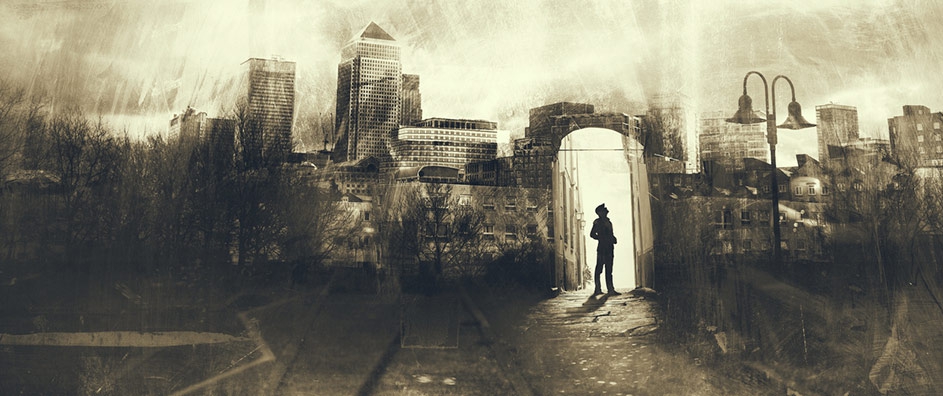




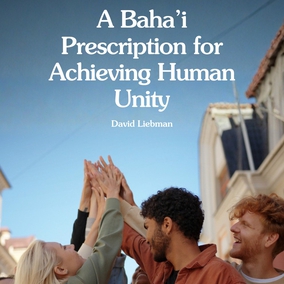
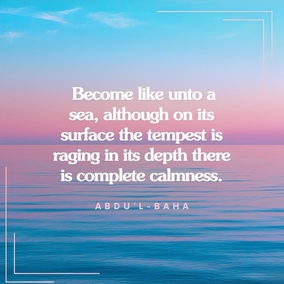
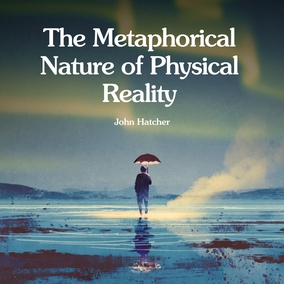
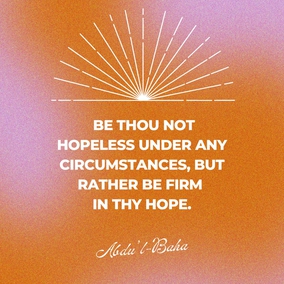
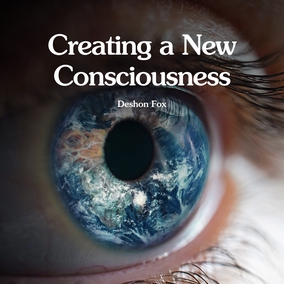


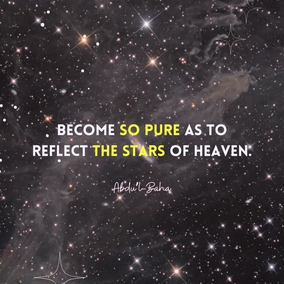

Alan